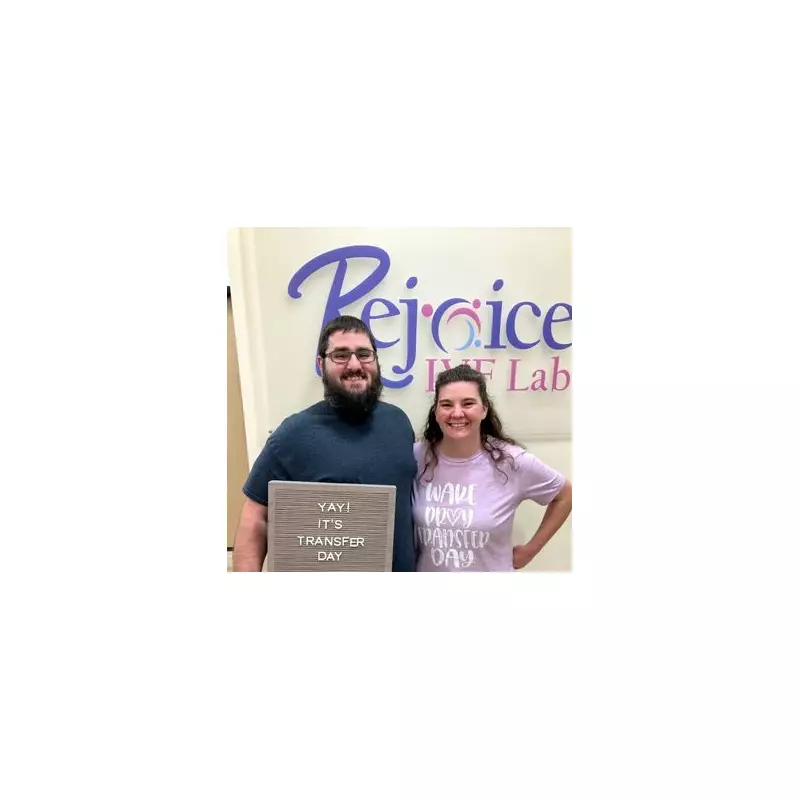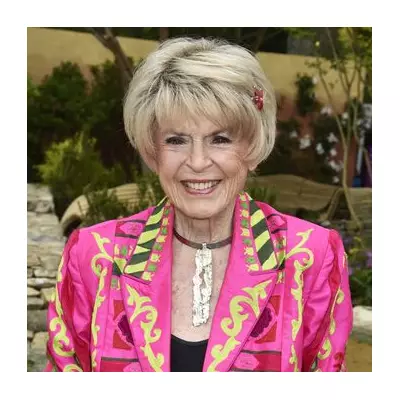
In an extraordinary medical breakthrough, a baby girl has been born from an embryo frozen for an astonishing 30 years, setting a new world record.
The infant, named Molly, was conceived in 1992 through in vitro fertilisation (IVF) and preserved in a frozen state until her birth earlier this year. This remarkable case has rewritten medical history, proving that embryos can remain viable for decades.
A Journey Three Decades in the Making
Molly's parents, Tina and Ben Gibson from Tennessee, USA, had struggled with infertility for years before discovering the embryo adoption programme at the National Embryo Donation Center.
The couple were stunned to learn they could adopt an embryo frozen before Tina herself was even born. "It's mind-blowing to think Molly existed before I did," Tina told reporters.
Medical Community Stunned
Fertility experts worldwide have hailed this as a landmark achievement in reproductive science. Dr. Carol Sommerfelt, the embryologist who oversaw the procedure, stated: "This case proves there's no biological clock ticking on properly frozen embryos."
The previous record for longest-frozen embryo resulting in a live birth was held by a baby born from a 24-year-old embryo in 2017.
How Embryo Preservation Works
The process involves:
- Freezing embryos at -196°C in liquid nitrogen
- Using cryoprotectants to prevent ice crystal formation
- Storing in specialised tanks with monitoring systems
Modern vitrification techniques have improved survival rates to over 95%, making long-term preservation increasingly reliable.
Ethical Considerations
While celebrating the medical achievement, some ethicists have raised questions about the implications of such long-term embryo storage. The debate continues about appropriate storage limits and the fate of unused embryos.
For now, Molly's healthy birth offers hope to countless couples struggling with infertility while pushing the boundaries of what's possible in reproductive medicine.





